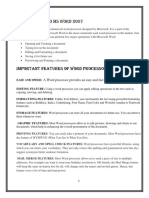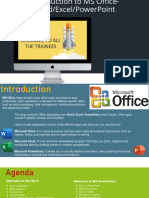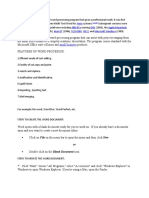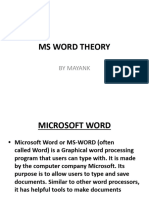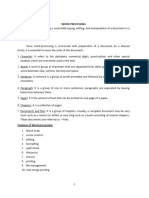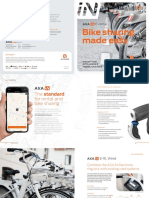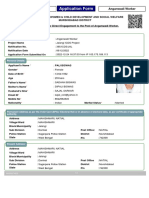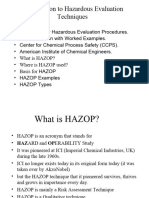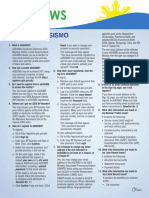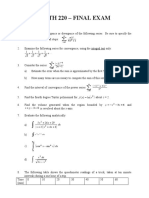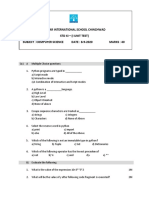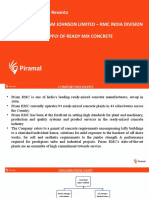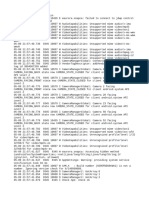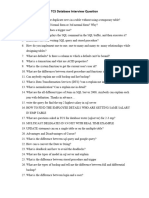LESSON 2: MICROSOFT OFFICE
WORD 2010
Lecturer: Assoc. Prof. Dr. Tran Thi Song Minh,
National Economics University
School of Information
Technology and Digital Economics
Hanoi – 2021
•2
Table of content
2.1. INTRODUCTION TO WORD
2.2. DOCUMENT PRESENTATION
2.3. COLLABORATION AND RESEARCH
2.4. DOCUMENT PRODUCTIVITY
1
� •3
2.1. INTRODUCTION TO WORD
(Organizing a document)
2.1.1. INTRODUCTION TO WORD PROCESSING
2.1.2. DOCUMENT ORGANIZATION
2.1.3. FINALIZE A DOCUMENT
•4
2.1.1. INTRODUCTION TO WORD PROCESSING
Understanding how word processors work
WORD PROCESSING SOFTWARE
• create different kinds of documents
• create and send email
• produce web pages
• update block
2
� •5
Word processing features
• Change color
• Add interesting styles of text
• Insert graphics
• Use a table to present data
• Track changes made to a document
• View comments
• Combine several documents into one
• Quickly create reference pages such as a table
of contents, a table of figures, an index, or a
biography
•6
Basic elements on the Word screen
• Quick Access Toolbar
• Title Bar
• Horizontal/ Vertical scroll bar
• Vertical/ Horizontal Ruler
• Zoom slider
• View buttons
• Status bar Tab(s)
• Ribbon
• Group(s) (of home tab)
3
� •7
Word wrap & RETURN
• word wrap
• hard return
• soft return
•8
Inserting
• page break
• hard page break
• soft page break
• page number
• a cover page
4
� •9
Word options
• Customize ribbon
• Create a new tab (on the Menu bar)
• Add or remove tasks from the default tabs
• Customize the Quick Access Toolbar
• Add or remove buttons from the QAT
• Determine location of QAT
• Customize save option
• Customize the default location (File\Option\
Save\ Default location)
• Customize format to save files (File\Option\
Save\ File save in this format)
•10
2.1.2. DOCUMENT ORGANIZATION
How to make changes to a word
document?
• Adding header & footer
• Inserting section break
• Displaying watermark
• Monitoring spelling and grammar
5
� •11
Displaying a document in different
views
• Print Layout View
• Full Screen Reading View
• Draft View
• Outline View
• Web Layout View
•12
2.1.3. FINALIZE A DOCUMENT
• Preparing a document for
distribution
• Save a document in compatibility format
• Understand backup options
• Select printing options
• Modifying document properties
• Customize document properties
• Print document properties
6
� •13
2.2. DOCUMENT PRESENTATION
(Editing and formatting)
2.2.1. TEXT FORMATTING FEATURES
2.2.2. PARAGRAPH FORMATTING FEATURES
STYLES
2.2.3. GRAPHICAL OBJECTS
•14
2.2.1. TEXT FORMATTING FEATURES
• Apply fonts attributes through the font dialog box
• Controlling word wrap
• Insert Nonbreaking hyphen: to keep text on both
sides of the hyphen together
(CTRL+SHIFT+HYPHEN) (04)-38697890
• Insert Nonbreaking spaces: to keep two or more
words together (CTRL+SHIFT+SPACEBAR)
Phone Number
7
� •15
2.2.2. PARAGRAPH FORMATTING
FEATURES
• Setting off paragraphs with tabs
• Set tabs
• Apply borders and shading
• Create bullets and numbered lists
• Format texts into columns
• Display nonprinting formatting marks
• Applying paragraph formats
• Change text alignment
• Indent paragraphs
• Set line and paragraph spacing
• Control widows and orphans
•16
Create bullets and numbered lists
• A bulleted list itemizes and separates
paragraph text to increase the readability
• A numbered list sequences and prioritizes
items
• A multilevel list extends a numbered list to
several levels.
8
� •17
Formatting
Format text into columns
• A column formats a section of a document
into side-by-side vertical Blocks
• To open Column dialog box: Page Layout
tab\ Page Setup group\ Column
Format paragraph
• Change text alignment
• Indent paragraphs
• Set line and paragraph spacing
• Control widows and orphans
•18
Styles
• Understanding styles
• A style is a set of formatting options users apply to
characters or paragraphs
• Used to achieve the uniform formatting throughout
the document
• Two types of styles: character styles and paragraph
styles
• Creating and Modifying styles
• Use the Styles Pane Option
• Use the Outline View
9
�2.2.3. GRAPHICAL OBJECTS
Types of graphical objects
Drawing objects (AutoShapes, Diagrams, Curves,
Lines, WordArt)
Pictures (Bitmaps, Scanned pictures, Photographs,
Clip art)
Formatting a graphical object
Adjust the Height and Width of an image
Adjust text wrapping
Apply picture quick styles
Adjust Graphic Properties
Inserting symbols into a document
•20
2.3. COLLABORATION
AND RESEARCH
(Communicating easily and producing
professional papers)
2.3.1. DOCUMENT REVISION
2.3.2. RESEARCH PAPER BASICS
2.3.3. RESEARCH PAPER
ENHANCEMENT
10
� •21
2.3.1. DOCUMENT REVISIONS
• Inserting comments in a document
• What is a comment?
• What is the Reviewing pane?
• Why to use comments?
• How to add a comment?
• How to view, modify, and delete
comments?
• Tracking changes in a document
• Select markup views
• Customize track changes options
•22
2.3.2. RESEARCH PAPER BASICS
• Acknowledging a source
• Adding a citation
• Creating a bibliography
• Creating and modifying footnotes and
endnotes
• Insert a footnote
• Insert an endnote
11
� •23
2.3.3. RESEARCH PAPER ENHANCEMENT
• Inserting a table of contents and index
• Updating a table of content
• Adding a table of figures
• Updating a table of figures
• Inserting Index
•24
2.4 DOCUMENT PRODUCTIVITY
(WORKING WITH TABLES AND
MAIL MERGE)
2.4.1. TABLES
2.4.2. MAIL MERGE
12
� •25
2.4.1. TABLES
• Insert a table
• Insert and delete row and column
• Merge and split cell
• Change row height and column width
• Format a table
• Apply table styles
• Select the table position and alignment
• Advanced table features
• Sorting and applying formulas to table data
• Convert text to a table
2.4.2. Mail merge
• Selecting a main document
• Selecting or creating a recipients
• Inserting merge fields
• Merging a main document and a
data source
13
� •27
OTHERS
• Printing in Word 2010
• Print documents in different formats
• Edit documents in Preview
• Cancel printing
• Printer issues
• Integration with other applications
•28
REFERENCES
1. Grauer, Exploring Microsoft Office 2010,
Volume 1, Custom Edition for CSU Long
Beach.
2. Microsoft office Word Help
14




















